When you strain the GPUs, it tends to get hotter.
For this reason, its your responsibility to maintain the GPU temperature to persist the performance flow.
What are the Reasons for High GPU Temps?
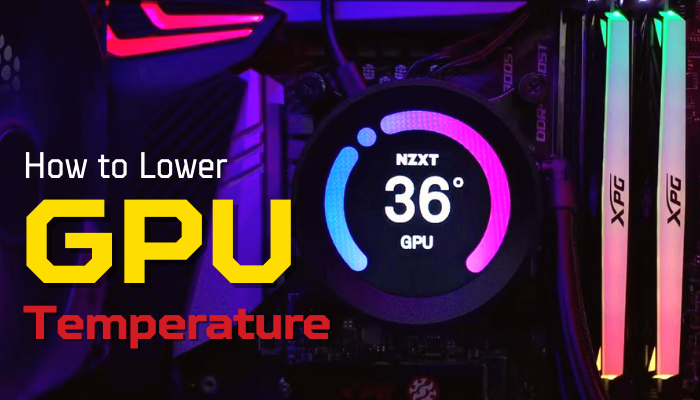
All PC components run on electricity & this heat up the parts.
When you do some GPU-intensive work like playinggames, doinggraphics design, orstreamingcontent, the GPU utilization goes high.
This results in a high temp for the video card under load.
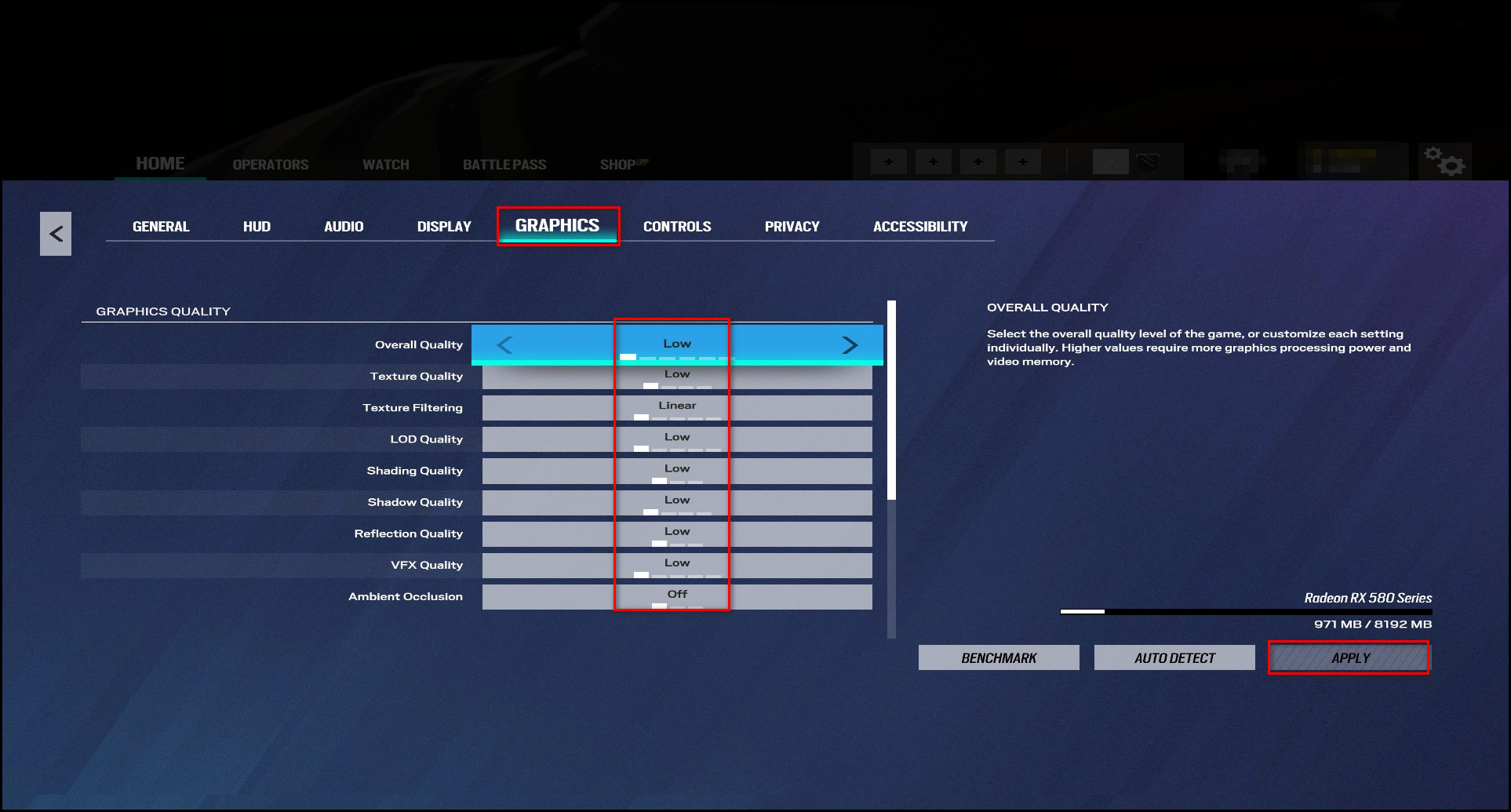
But graphics cards are designed to tolerate a higher temperature than the CPU.
But that doesnt mean you’re free to fire off the GPU at100C.
You may encounter high temp in idle or under load.
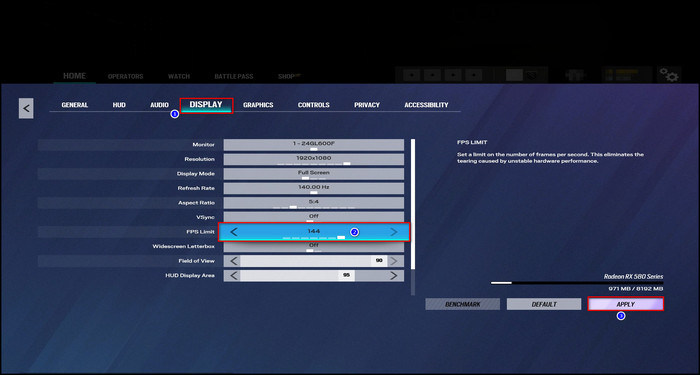
TheidleGPU temp should ideally be around30-45 degrees Celsius.
This temp can elevate up to85C under load.
But the values can be affected byweather,workload,airflow, etc.

Continue reading to know about this.
How to Lower Graphics Card Temp?
In that case, it’s crucial that you take some software-based or hardware-based solutions to lower the temp.
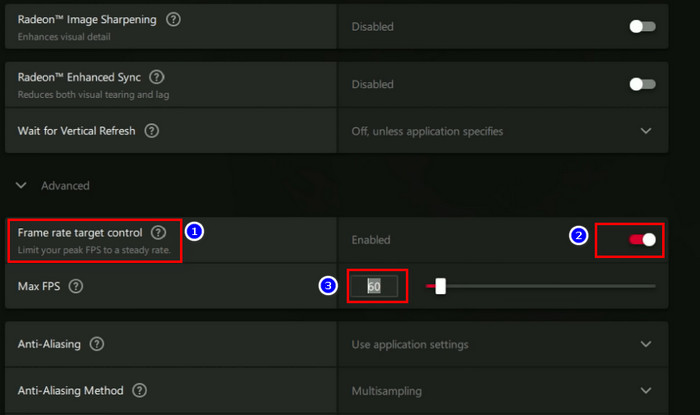
Here are the seven definitive ways to reduce GPU temp:
1.
Tune Game configs
Before approaching more advanced steps, lets start with some basic moves.
In modern days, its pretty common to play high-end games withmaxsettings to enjoy a realistic scenario.
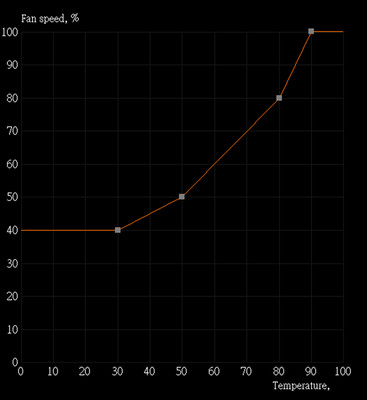
However, this stresses the GPU for high GPU-intensive tasks a lot.
The GPU can even reach90Cwhile gaming.
Besides, you may havehigh FPS, but the game may not be smooth.
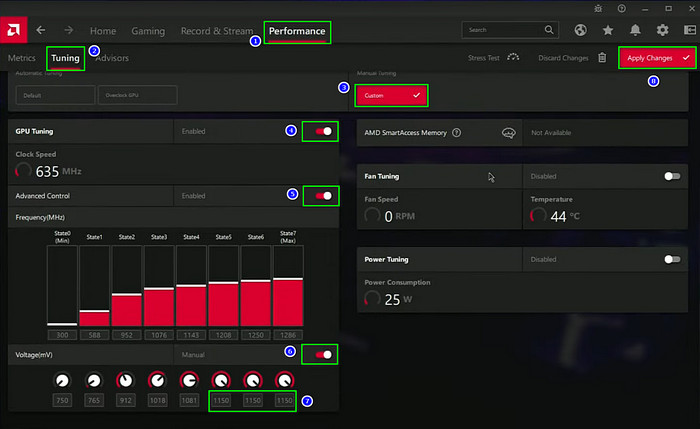
Additionally, capping FPS reduces GPU usage, significantly lowering the GPU temp.
Otherwise, you’re able to uninstall the driver & roll back.
Therefore, revert to the default setup if you have done any overclock options.
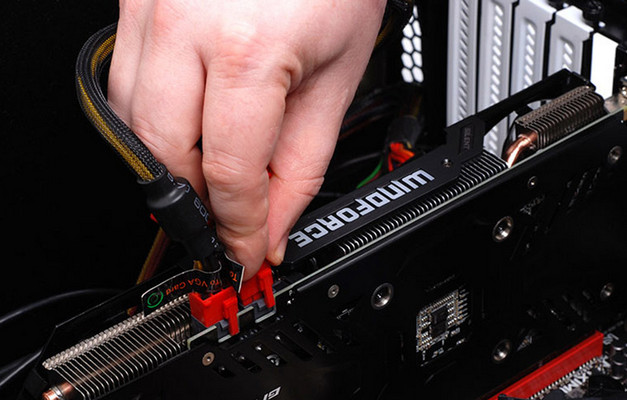
By removing the overclock configs, the GPU will consume lower power & will produce less heat.
But sometimes, this option can get unpredictable.
Depending on the card model, sometimes it reduces the frequency to stay within the temp range.
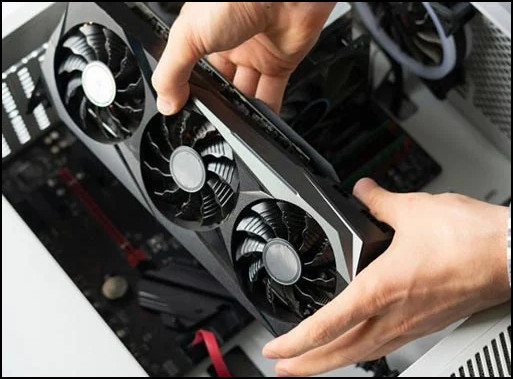
Then in another scenario, the software ramps up the fan speed to keep the GPU within the range.
Besides that, some graphics card models prefer low noise over temp.
These model cards keep the fan speed lower to maintain silence while raising the GPU temp.
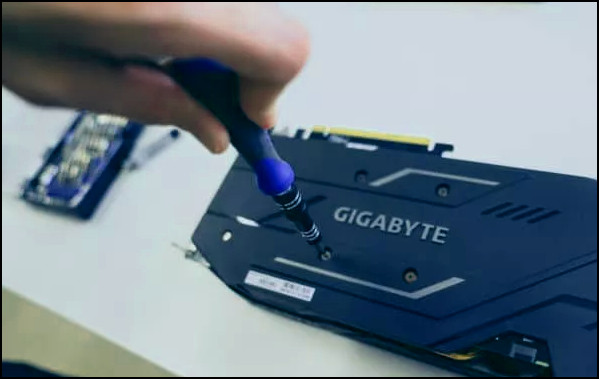
Undervolt the Video Card
Another efficient way to reduce the video card temp isGPU undervolting.
Manufacturers usually set extra volts as default to ensure stability.
However, most graphics chips often need less voltage than their default.
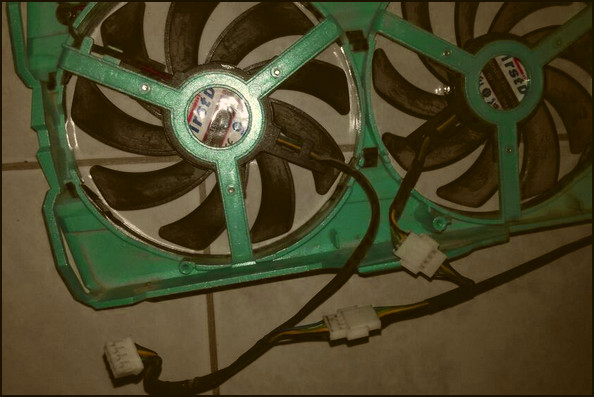
Mind that if you set a too-low voltage, then the chip wont be able to boot.
decrease the amount by a tiny amount & check stability.
After this, stress tests the GPU withUNIGINE Superposition BenchmarkorHeaven Benchmark& see if its stable.

If stable, continue reducing the voltage until it fails the stress test.
When the test fails, note the value & add10/20mVwith the value & set it as default.
I have an RX 580.
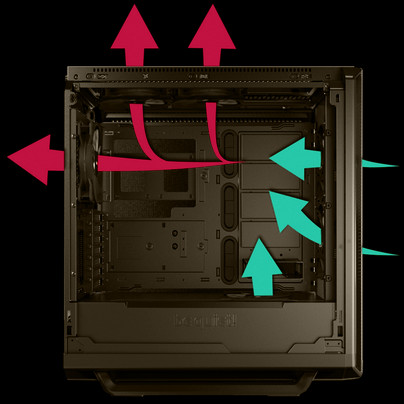
It has a default value of 1150mV, which can go up to 1200mV under load.
But I undervolted my GPU & it was stable for 1365MHz at only 1060mV!
So reduce it with10mVper step & stress test & see how low you might go.
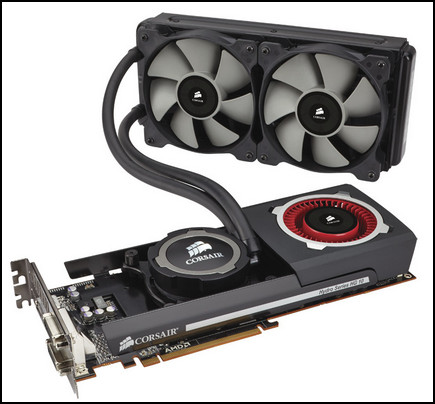
Additionally, you canunderclock the GPUto reduce more voltage & temp.
Cleanup the GPU & Fan
Removing dust is crucial to expand GPU lifespan.
Dust can clog GPU fans & you cansuddenly hear loud GPU fannoise.
Besides that, dust stuck in the heatsink can hamper the cooling system.
So, you should clean your card properly to avoid such issues.
Moreover, changing the thermal paste can make some difference if the GPU is aged.
Usually, after 2 or 3 years, the thermal paste degrades.
But you cant be sure of it until you pop swing open the heatsink.
Run some graphics-intensive tasks & monitor the temps.
The process should lower GPU junction temp.
This results in higher temp for all components.
I recommended having a casing with mesh configured and many fan slots.
These features will ensure enough airflow with minimal dust intake.
As modern GPUs boost their frequency if it is kept cool.
So with the water cooling setup, the GPU can boost frequency more & you might enjoy more performance.
FAQs
Is 80 degree Celsius too hot for GPU?
80C can be alarming but not critical while under load.
However, keeping the GPU below85Ccan increase its lifespan.
Most modern GPUs will downclock the frequency while extremely hot, like90C.
How hot can a GPU be?
GPUs tend to run hotter under load.
But usually, it will start to thermal throttle after crossing 85C.
At 95C, the GPU can shut itself to prevent damage.
Can performance get hit for undervolting?
you’re free to stabilize the current frequency with less voltage & less heat with undervolting.
Final Thought
Higher temp can be a culprit to reducing your GPU lifespan.
In this article, I showed you the best ways to cool down your GPU.
If you have any further queries, kindly dont hesitate to comment.